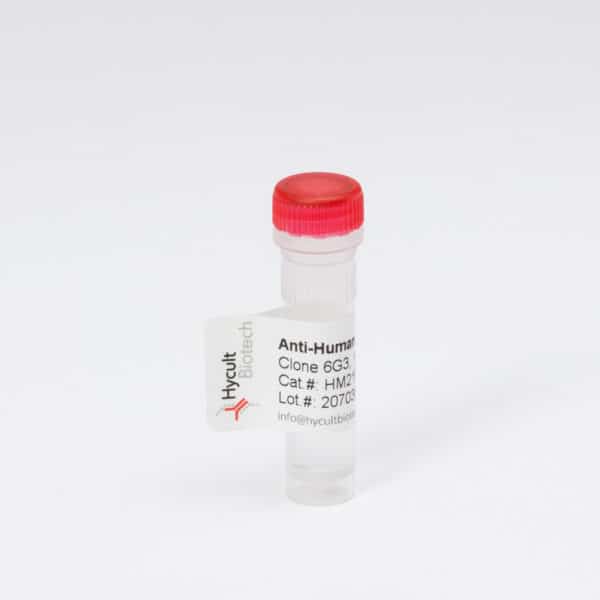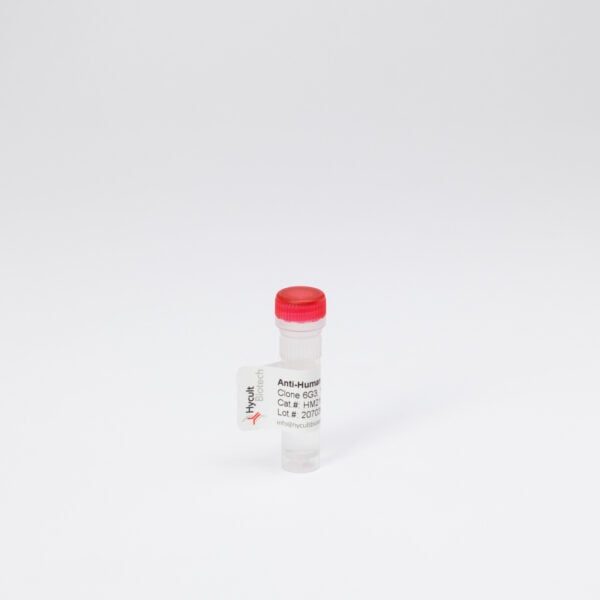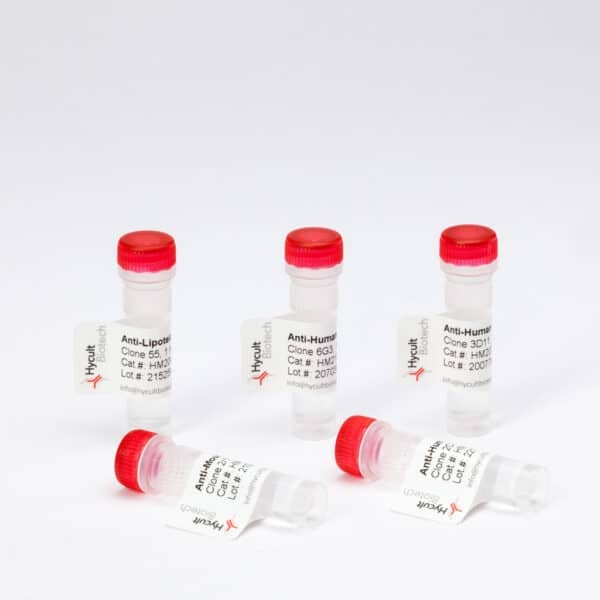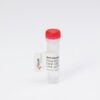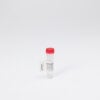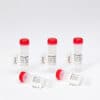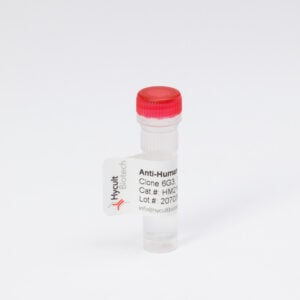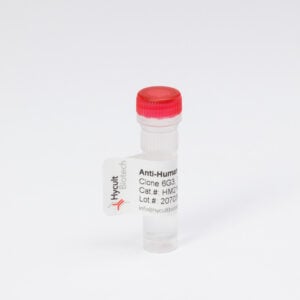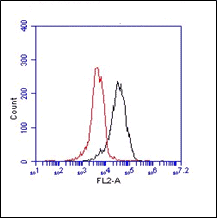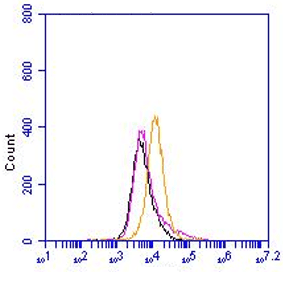SIRL-1, Human, mAb 1A5
€133.00 – €620.00
The monoclonal antibody 1A5 recognizes human Signal inhibitory Receptor on Leucocytes-1 (SIRL-1). In order to prevent host tissue damage immune activation has to be tighly regulated. Neutrophils and other myeloid cells have a pivotal role in controlling infection. They form the primary response at site of infection as they regulate replication of pathogens by phagocytosis, secretion of antimicrobial peptides and proinflammatory cytokines to activate the immune system. Without regulation these mediators can cause tissue damage or worse. To balance the immune response immune cells can express inhibitory receptors.
The family of immune inhibitory receptors is still expending. The relatively new receptor SIRL-1 is an immunoreceptor tyrosine-based inhibitory motif (ITIM)-bearing membrane protein expressed on human phagocytes. SIRL-1 contains two ITIMs in the intracellular tail, which are crucial for function. SIRL-1 can recruit the SH2-domain containing tyrosine phosphatases, SHP-1 and SHP-2, which may mediate the inhibitory effect. ITIM-bearing receptors inhibit signals relayed by immunoreceptor tyrosine-based activating motifs (ITAMs). ITAMs are the principal mediators of signal transduction for various receptors, including FcRs and C-type lectins.
The ligation of SIRL-1 dampens Fc receptor induced ROS production in phagocytes, thereby impairing the microbicidal activity of neutrophils without affecting phagocytosis. Infectious stimuli cause rapid downregulation of SIRL-1 expression. This allows microbial killing and clearance of pathogens.
Neutrophil extracellular traps (NETs) have been implicated in the pathogenesis of systemic lupus erythematosus (SLE). Using anti SIRL-1 antibodies both spontaneous anti-neutrophil antibody induced NET formation is suppressed. This suggests a regulatory role for SIRL-1 in NET formation and a therapeutic target for regulation of SLE.
